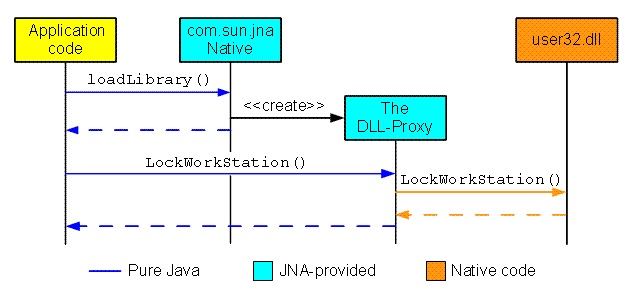

Instead of using Strings, we will use byte arrays and convert them to String using Native.toString() method. We will be returning the struct by its value and Structure assumes it’s returned by reference, so we will also implement Structure.ByValue interface in order to fix that.Ĭompared to JNI example, our field declarations are slightly changed. JNA itself provides its own library called “c” that gives access to a lot of the C functionality.Īs you can see, we need to extend Structure class, which maps native c structs to Java classes. In order to test JNA, we actually don’t need any external shared library. Let’s dive in! Using JNA Standard Library to Access C Functions

JAVA NATIVE ACCESS FULL
And of course, you can find the full source code here. And finally, I will talk about the advantages and disadvantages of using JNA over JNI. After that, we will attempt to write a JNA equivalent of TemperatureSampler demo app. In the first part of this article, I will demonstrate JNA with a simple example. I created a sample app in my JNI article, called TemperatureSampler. JNA is an open source project that makes it possible for you to use native libraries using only Java code, with little to no C programming experience. JNA can actually enable you to do that, assuming you have access to native method signatures.

In that case, unless that library was written to support JNI, there’s not much you can do to make it work. More importantly, you might just not have access to source code of the shared library you want to use. While JNI is a popular choice, it’s somewhat difficult to use and requires you to generate its stubs (JNI header files required for binding) every time you make a slight difference to your native code. Recently, I wrote an article about JNI (Java Native Interface) and demonstrated how it’s used to call native code from Java.


 0 kommentar(er)
0 kommentar(er)
